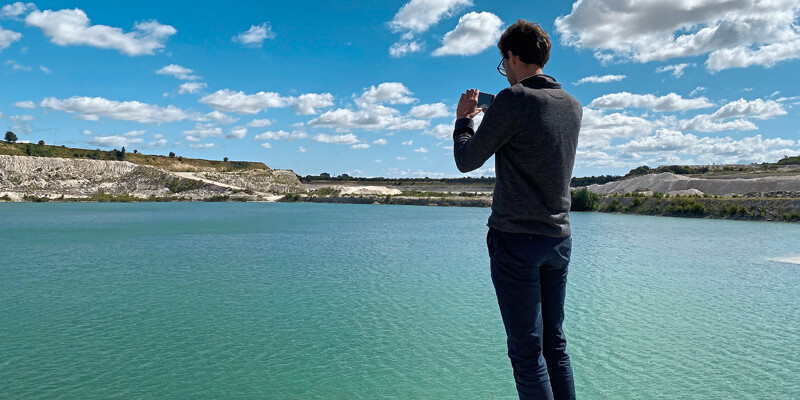How ready are geodetic survey organisations to modernise their national geodetic reference frames? Responses to a UN questionnaire reveal the challenges, as well as potential solutions. Ryan Keenan and Rob Sarib crunch the numbers

The need to modernise geodetic reference frames (GRFs) has highlighted the importance of establishing the foundations for education, training and capacity building (ETCB) to ensure that the related infrastructure and systems are sustainable. Recognising this, the ETCB working group of the United Nations (UN) Global Geospatial Information Management (GGIM) Subcommittee on Geodesy (SCoG) created a questionnaire that asked national geodetic survey organisations (GSOs) to examine their present and future competency needs in terms of their national GRFs.
Analysis of the responses revealed the following:
- Current and target competency levels are highly dependent on the size, location, topography and tectonic setting of their member state.
- Most want to “up skill”
- All have challenges maintaining their current and target competencies in all relevant technologies and techniques as their organisations evolve
- Most anticipated the necessary duration to improve competency to be eight years, with 45% expecting to need up to four years.
The major challenges to GRF-competency identified were institutional, capacity building/training, educational and resource-related. There is often a lack of organisational ability and support to justify the establishment and ongoing maintenance of geodetic infrastructure and systems. As a consequence, outsourcing is a preferred option, especially when there is a desire to establish a GRF quickly, in lieu of learn how to do it domestically.
Identifying and prioritising the skillsets and the most appropriate people to attend relevant training and workshops is also difficult, and even though many ‘experts’ are available to provide training in core competencies, there is no formal system to access this capacity or support the ‘providers’.
There is also a lack of resources pertaining to budget, equipment, software, geodetic and supporting infrastructure. Training and educational institutes and facilities were often lacking, and there is a deficiency in policies, legislation, and support or will from decision-makers.
The following solutions were identified:
Training to raise GRF competencies
Primarily in the areas of improved tertiary education on surveying fundamentals; establishing, operating and maintaining a CORS network; and increased training in geodetic theory and implementation.
Resourcing
A capacity development resource plan to increase personnel, investment, training, scholarships and grants from national sources as well as external assistance (preferably facilitated by a ‘centralised’ group); improve awareness of funding options, eligibility and access mechanisms from national and international sources; and introduce mechanisms for succession planning of staff and participation in regional capacity development events and workshops.
Education
More resources for and coordination of information sharing and exchange events led by academia, FIG, IAG, UN GGIM and UN SCoG ETCB that focus on: advocacy and benefits of a GRF to decision-makers, stakeholders and community; data sharing; regional core competencies, new GNSS and geodetic technologies, applications and systems; and learning mechanisms that are widely accessible, easy to discover, intuitively usable, and interchangeable.
Collaboration and knowledge exchange
Augmented capacity development workshops detailing the technical aspects of GRFs, standards and practices, sharing geodetic and geospatial data, along with exploring novel or web-based means of engaging with the private sector, academia and independent experts to provide advice, and support.
Increased regional alliances
Recent activities in South East Asia and the Pacific Islands indicate that pathways that have led to moderate success are regional cooperation between other member state GSOs and involvement with development partners and professional organisations to address both geospatial and GRF challenges or specific operational or technical topics.
Next steps
Moving forward, GSOs would benefit from an independent holistic evaluation of their current competencies, current and future resources; and alignment and harmonisation of their target competencies with their or their countries’ strategies, visions and outcomes. Upon completion of this analysis, they should create a capacity development plan (CDP) in consultation with other regional member states, and the assistance and support of all sectors of industry.
CDP initiatives for national GSOs should also incorporate the concepts of the UN GGIM and World Bank’s Integrated Geospatial Information Framework – one of the nine strategic pathways of the IGIF, ‘Capacity and Education’, is integral to achieving a country’s geospatial information management, governance, technological and people outcomes.
Ryan Keenan and Rob Sarib are members of UN SCoG ETCB and FIG AP CDN


